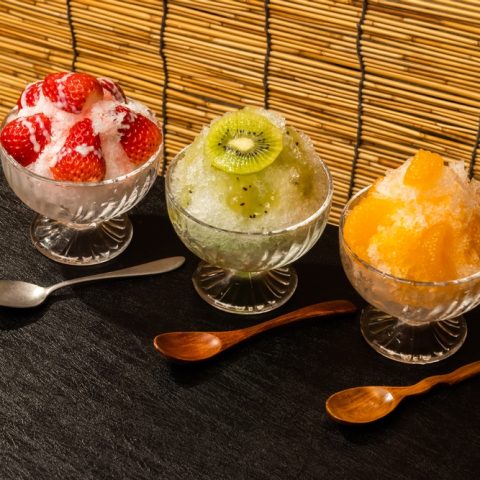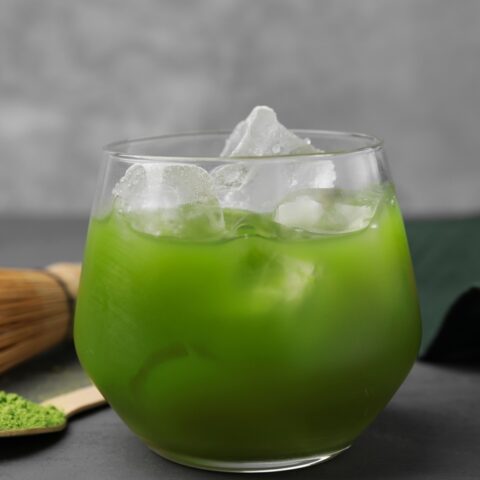
When you ask someone in Japan about ramune and what it means to them you are likely to be regaled with stories of childhood memories and summer festivals. So, is ramune just a soft drink? Far from it. Aside from being a beverage, it also takes the form of candies and popsicles, and is a symbol of summertime in Japan.

Ramune photo by @littlestgator
Ramune was first introduced in the late 19th Century in Kobe, Japan, and was originally referred to as “mabu soda” (marble soda). The reason for this moniker is that each bottle of the fizzy drink comes with a marble in it, which along with a special plastic cap, is used to open the bottle. In order to access the sugary beverage, one must first push down on the plastic cap (or plunger) until the obstructing marble drops into the bottle. It sounds easy, but beware – this can be a challenge, as the drink often fizzes up and overflows from the neck of the glass bottle.

Photo by Joshua Olsen on Unsplash
The original ramune flavor is meant to be lemon-lime, and this is actually where it gets its name from – the word “ramune” is a Japanese interpretation of the English word “lemonade.” However, the unique flavor is difficult to pinpoint, and is often described as being similar to bubble gum, or simply as “soda flavor.” Although ramune has been available in dozens of flavors over the years (strawberry, mango, pineapple), it is this soda flavor that has inspired countless summer products.

Ramune Candy photo by @littlestgator
More than just soda
To be clear, ramune is the generic name for Japan’s favorite soda, and there are many different manufacturers putting their own unique spins on the classic flavor. Some of the most popular brands of the soft drink are Sangaria, Kimura, and Hatakosen. However, global companies have even cashed in on Japan’s thirst for ramune, including McDonald’s, which introduced a limited time ramune milkshake in 2020.

Ramune Hichew photo by @littlestgator
Something for everyone
So, what kinds of ramune sweets are available? There is a soda-flavored Hi-Chew, which is a popular Japanese candy that is soft and chewy, and adored by millions across the country. There are hard candies that are sweet and tart, and mimic the effervescence of ramune soda, and there are also cool treats like ramune-flavored ice cream, which represents the coming together of two summer favorites. Many of these are available year-round, but some are seasonal offerings that serve as reminders that summer has arrived.

Photo by Takuma Tsubaki on Unsplash
This soda is so intertwined with warm summer nights that the sound of the glass marble clinking against the bottle is as much a part of the season as the buzzing of cicadas or the crackling of fireworks. In fact, even the color of a ramune bottle is a great source of nostalgia in Japan. Ramune color (ramune iro), which is a particular shade of light blue, has the power to transport someone back to simpler times.
Ramune is, of course, popular with children, but it is also enjoyed by adults looking for the nostalgic taste of summers past. The soda is often bought and sold at summer festivals, and has become an integral part of these memorable events for many Japanese people. So, while in Japan, why not drink some ramune and create some summertime memories of your own?




